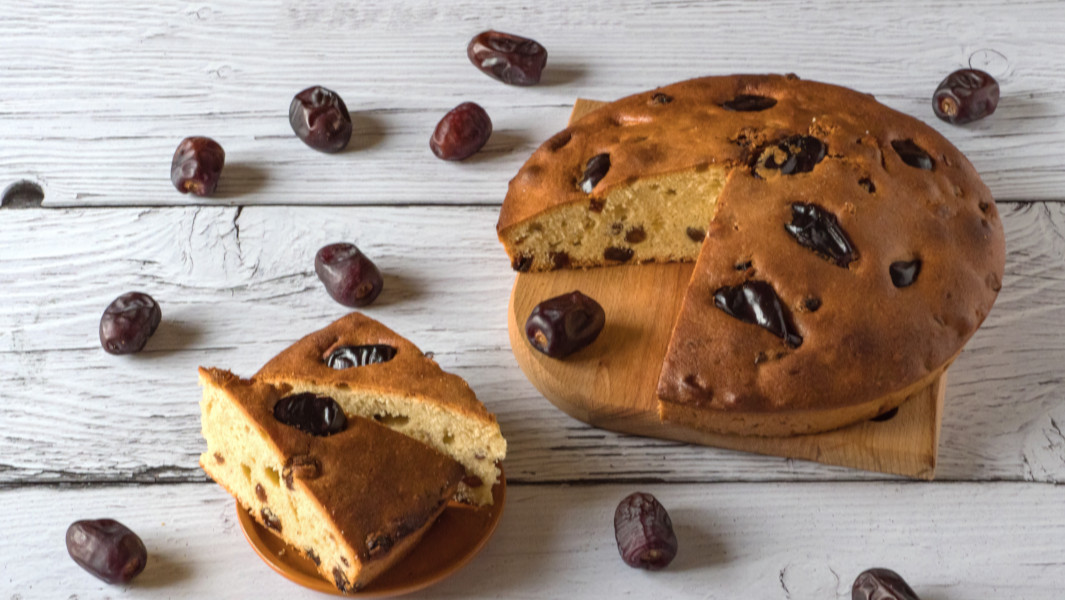Cooking ancient recipes: from cakes to stews, could you eat like your ancestors?

Over 4,000 years ago, someone’s hands filled two wheat flatbreads with honey and milk, and placed the damp dough between two pre-heated copper moulds, cooking and preserving a cake so well that it remained buried with its intended recipient for centuries.
The world’s oldest known Cake, Egypt. 2251 B.C.
byu/Adventurous-Job-6304 inAncientCivilizations
This cake, now on display at the Alimentarium food museum in Switzerland, was discovered in 1913 in Meir, Egypt in the tomb of Pepi’Onkh, an important member of the governing family. Many respected people were buried with food as symbolic offerings, as Ancient Egyptians believed it played a significant role in funeral rites as it sustained the deceased through their passage into the Afterlife.
Research revealed that it was baked in 2251-2157 BCE, making it the oldest cake in the world – but do you want to know what it tastes like?
Well, scientists around the world have been decoding ancient recipes for years… and it’s not as easy a task as it sounds.
Written recipes have existed for thousands of years, but they were often not as helpful as you’d think – they mostly just listed ingredients and assumed the chef would know how to make the dishes, serving as a type of aide-mémoire for experienced cooks.
Furthermore, many of the ingredients from these early recipes may be attainable today, but not always in a similar form. For example, although some cultures had access to sugar cane or other sweeteners, the use of refined sugar was not widespread – meaning that food scientists need to deduce how our ancestors would have processed and used certain materials.
Today, there are many chefs and scientists unravelling these mysteries, such as: the BBC’s Ancient Eats series, scholars and food chemists like Dr. Eleanor Barnett, Darra Goldstein, or Andrew Dalby, and even some YouTubers and food historians like Max Miller from Tasting History, or Arim from Table of Gods.
In fact, Max Miller made an Ancient Egyptian tiger nut cake from a recipe dating back to 1400 BC, and Arim recreated an Assyrian Bronze Age cake with the assistance of food scientists, if you’re interested in tasting something reminiscent of what Pepi’Onkh might’ve eaten.
To date, the oldest written recipes ever found are over 3,500 years old, etched into the sides of clay slabs by ancient chefs who made intriguingly sophisticated choices when serving their high society.
The tablets are written in cuneiform – the now-extinct Akkadian-language writing system developed by the Sumerian culture of Mesopotamia, which was centred in the valley between the Tigris and Euphrates rivers in the area occupied today by Syria, Türkiye, and Iraq. The civilization flourished between c. 4100 BCE and 1750 BCE, and the recipe tablets are estimated to date from the end of their reign.
In 1911, Yale University in New Haven, Connecticut, USA acquired these three clay tablets for their Babylonian Collection, which were believed to be therapeutic texts until the mid-1980s, when the French historian Jean Bottéro began studying them and realized they actually contained 40 recipes.
Roughly 25 of the recipes are for stews and broths made with red meat and birds, while the others contain cooking instructions and presentation suggestions for dishes, like with breads or grains. The ingredient lists call for ingredients that would have been expensive for the everyday consumer to source, like certain meats or spices, which suggests that the dishes were intended for more elite diners.
Culinary historian and Iraqi cuisine specialist Nawal Nasrallah helped research the tablets' connection to medieval Arabic foods, and told the BBC that there were surprising links between the Babylonian stews and current food in Iraq.
“It is really fascinating to see how such a simple dish, with all its infinite variety, has survived from ancient times to present,” she said.
“And in those Babylonian recipes, I see not even the beginnings; they already had reached sophisticated levels in cooking those dishes. So who knows how much earlier they began?”
Nevertheless, if you don’t want to test out these Babylonian recipes shared by the BBC, you can take a chance with the oldest printed cookbook – Bartolomeo Platina’s (Italy) De honesta voluptate et valetudine (“On Right Pleasure and Good Health”).
Written in Latin, it appeared in 1474 – just 19 years after the Gutenberg Bible, the oldest mechanically printed book.
Platina’s work was both a recipe book and a manual for healthy living, based on the belief in the humoral system of medicine. But the recipes themselves didn’t originate with him – he actually lifted them from Libre de Arte Coquinaria, a 15th-century manuscript composed by Italian chef Maestro Martino of Como.
Perhaps because Platina’s book encompasses not only recipes but also medical advice and his own musings, it proved very popular and was soon translated into numerous languages. Featuring dishes like “Red Chickpea Broth” and “Date Torte with Almonds and Other Things”, his work became a model for Western modes of writing about food and paved the way for the democratization of cookery books.
Header image of a date cake, similar to ancient recipes, credit: Shutterstock


